Choosing between touring and alpine bindings depends on your skiing style and the terrain you prefer. Here's a quick breakdown:
-
Touring Bindings: Designed for uphill and downhill skiing. Two types exist:
- Tech Bindings: Lightweight, natural walking motion, but require specialized touring boots.
- Frame Bindings: Heavier, less efficient uphill but compatible with most alpine boots.
- Alpine Bindings: Perfect for downhill skiing at resorts. They provide excellent power transfer, stability, and safety but aren't suitable for uphill climbs.
| Feature | Tech Bindings | Frame Bindings | Alpine Bindings |
|---|---|---|---|
| Boot Compatibility | Touring boots only | Most alpine/touring boots | Alpine boots only |
| Uphill Efficiency | Excellent | Moderate | Not designed for uphill |
| Downhill Performance | Good | Good | Excellent |
| Weight (per pair) | ~10.6 oz | ~3 lb 14.8 oz | Over 4 lb |
Choose touring bindings for backcountry adventures and alpine bindings for resort skiing. Frame bindings are a middle-ground option for mixed use.
Ski Binding Basics - Alpine vs. Frame vs. Tech Ski Bindings
How Touring and Alpine Bindings Work
The main distinction between touring and alpine bindings lies in how they function mechanically. Each is designed for a specific skiing purpose, catering to different needs on the mountain.
Touring Bindings: Built for the Climb
Touring bindings are designed with a free-heel mechanism, making uphill movement more efficient. There are two primary types:
Tech (Pin) Bindings
- Use steel pins that connect to specific fittings in compatible touring boots.
- Place the pivot point near the natural rotation of your foot, making climbing easier.
- Allow for a walking motion that feels natural - ideal for long tours.
- Require boots that include integrated pin fittings.
Frame Bindings
- Feature a movable frame that connects the toe and heel pieces.
- Work with most alpine boots.
- Have a pivot point slightly forward of the toes.
- Are heavier than tech bindings but offer greater boot compatibility.
Both types pair with climbing skins and touring boots that have a hinged upper cuff. This lets you lift your heel while climbing and lock it down for descending.
Alpine Bindings: Focused on Downhill Performance
Alpine bindings are built for stability and control on the descent, with a fixed heel to ensure power transfer. Key features include:
- A locked heel for maximum stability.
- Strong power transmission between your boot and ski.
- Built-in safety release mechanisms.
- Compatibility with standard alpine boots from brands like Rossignol, Atomic, and Head.
While touring frame bindings provide a downhill experience closer to alpine bindings, they come with added weight.
| Feature | Tech Bindings | Frame Bindings | Alpine Bindings |
|---|---|---|---|
| Boot Compatibility | Specialized tech boots | Most alpine boots | Standard alpine boots |
| Walking Motion | Natural heel lift | Moderate natural pivot | Fixed heel, no walking |
| Power Transfer | Moderate | Good | Excellent |
Now that we've broken down the designs, let's look at how each performs when ascending versus descending.
Performance Comparison
Let’s break down how these binding designs perform when it comes to climbing and descending.
Climbing vs. Descent Performance
Tech-pin bindings are incredibly lightweight, starting at just 170 g. Their low-toe pivot design supports a more natural stride, making long climbs less taxing on energy [1]. Frame bindings fall somewhere in the middle - they’re heavier than tech bindings but still allow for a heel lift. However, their forward pivot can feel less smooth and more exhausting during extended tours [1].
When it’s time to descend, alpine bindings are the gold standard. Their fixed-heel design and sturdy construction deliver excellent power transfer and stability, even at high speeds. Frame bindings, thanks to their solid build and DIN-ISO certification, come close to alpine bindings in downhill reliability while still offering uphill capability [3].
sbb-itb-17ade95
Best Uses and Terrain Types
Let’s break down which binding types work best for different terrains.
Off-Piste vs. Resort Use
Tech bindings are ideal for backcountry tours because of their lightweight design and natural heel lift, making uphill climbs easier. On the other hand, alpine bindings shine on groomed slopes, offering precise edge control and stability. Frame bindings strike a balance, delivering direct power transfer while still allowing a free-heel mode for shorter climbs [1]. For resort days, stick with alpine bindings. For off-piste adventures, tech bindings are your go-to.
Check out the Quick Comparison table below for a side-by-side overview.
Now, let’s see how Snowfeet products work with these binding styles.
Using Snowfeet Products with Both Bindings
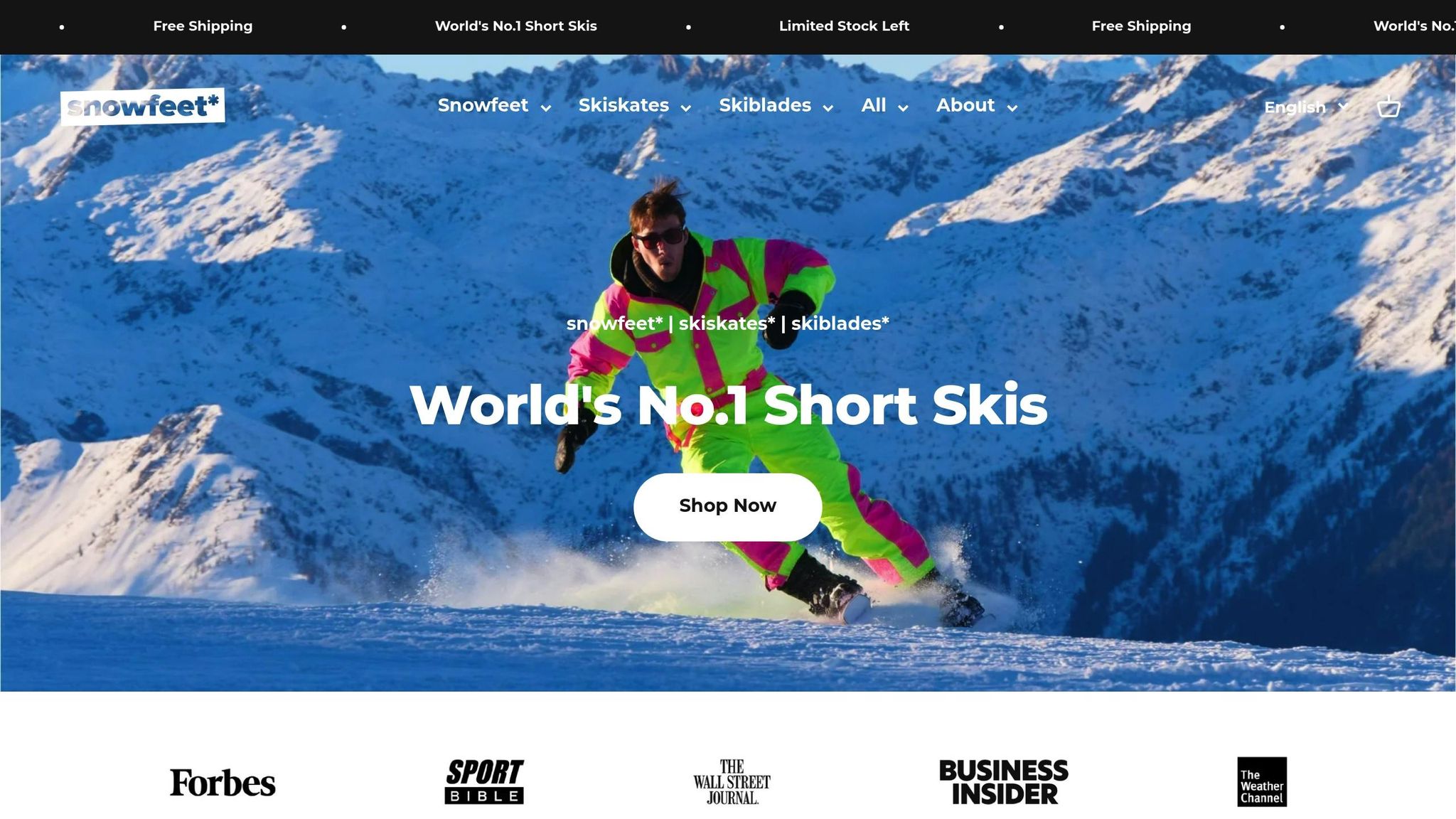
Snowfeet’s skiblades and skiskates are versatile and can pair with different bindings to suit various terrains:
- 65 cm Skiblades: Perfect for quick, sharp carving on groomed runs and park features when paired with alpine bindings.
- 99/120 cm Skiblades: Offer more stability, making them great for mixed resort use and light backcountry conditions.
- 44 cm Skiskates: Designed for dynamic turns on packed snow, and they’re compatible with regular winter boots for added convenience.
Quick Comparison: Touring vs. Alpine Bindings
Here’s a quick look at how weight, uphill efficiency, and downhill performance compare across different binding types:
| Feature | Tech Bindings | Frame Bindings | Alpine Bindings |
|---|---|---|---|
| Weight (per pair) | 9.4–10.6 oz | 3 lb 14.8 oz | Over 4 lb |
| Uphill Efficiency | Excellent | Poor | Not designed for uphill |
| Downhill Performance | Good | Good | Excellent |
| Boot Compatibility | Touring boots only | Most alpine/touring boots | Alpine boots only |
| Walk Mode Range | 90° rotation | 37° rotation | Fixed heel |
| Ideal Terrain | Backcountry | Mixed | Resort |
| Safety Features | Basic | Advanced | Advanced |
Frame bindings come with adjustable release mechanisms that enhance safety during downhill runs [2]. On the other hand, pin bindings typically lack individual release adjustments. Alpine bindings, with their locked heels and highly adjustable release settings, are designed for intense resort skiing.
Snowfeet Compatibility
Snowfeet products are compatible with various binding styles. Check out the table below to find the best match:
| Snowfeet Model | Tech/Frame Bindings | Alpine Bindings |
|---|---|---|
| 65 cm Skiblades | Great for light touring | Perfect for groomed runs |
| 99 cm / 120 cm Skiblades | Stable in diverse conditions | Excellent power transfer |
| 44 cm Skiskates | Works with regular winter boots | Best with alpine bindings |
This overview helps you align your binding choice with your terrain preferences, skill level, and Snowfeet setup. Ready to dive deeper? Head to the next section: Making Your Choice.
Making Your Choice
Pick bindings that align with your skiing style and terrain preferences.
| Priority | Binding | Boots | Weight | Terrain |
|---|---|---|---|---|
| Resort-only | Alpine | Alpine boots only | >4 lb | Groomed runs |
| Maximum uphill | Tech | Touring boots | 10.6 oz | Backcountry |
| Resort + backcountry | Frame | Most boot types | 3 lb 14.8 oz | Mixed |
Frame bindings are compatible with most boots and tend to be more affordable, while tech bindings require boots with pin compatibility.
Use this table to pair the right bindings with your Snowfeet Skiblades or Skiskates for your next mountain trip.
FAQs
What are the key benefits of tech bindings compared to frame bindings for backcountry skiing?
Tech bindings offer two major advantages for backcountry skiing: lighter weight and better efficiency during uphill travel. Their lightweight design reduces strain on your legs, making long ascents less tiring. Additionally, tech bindings allow for smoother and more natural movement when climbing steep slopes or traversing uneven terrain.
Another benefit is their seamless transition between ski and walk modes, which saves time and effort during backcountry adventures. While frame bindings are more robust and versatile, tech bindings are the go-to choice for skiers prioritizing weight savings and uphill performance.
How do I pick the right bindings for my skiing style and terrain preferences?
Choosing the right bindings depends on your skiing style, experience, and the type of terrain you plan to tackle.
If you're primarily skiing in the backcountry, touring (tech) bindings are ideal since they are lightweight and efficient for uphill climbs. For those who mostly ski at resorts but occasionally venture into the backcountry, frame bindings are a solid choice, offering stability for downhill runs while still allowing uphill capability. Hybrid bindings are another option, providing a balance between uphill efficiency and downhill performance.
Consider your skill level, how often you ski, and the type of terrain you enjoy most to make the best choice for your needs.
Can alpine bindings be used for uphill skiing, or are they only suitable for downhill skiing?
Alpine bindings are specifically designed for downhill skiing and are not suitable for uphill travel. They lack the features needed for efficient hiking, such as a free-heel mode or climbing aids. If you plan to ski uphill, alpine touring (AT) bindings are a better choice. These bindings allow your heel to lift for uphill movement and often include climbing aids to make ascents easier.
For skiers who enjoy both uphill and downhill adventures, AT bindings provide the versatility and functionality required for backcountry or touring activities, while alpine bindings are best for resort skiing and downhill-focused terrain.

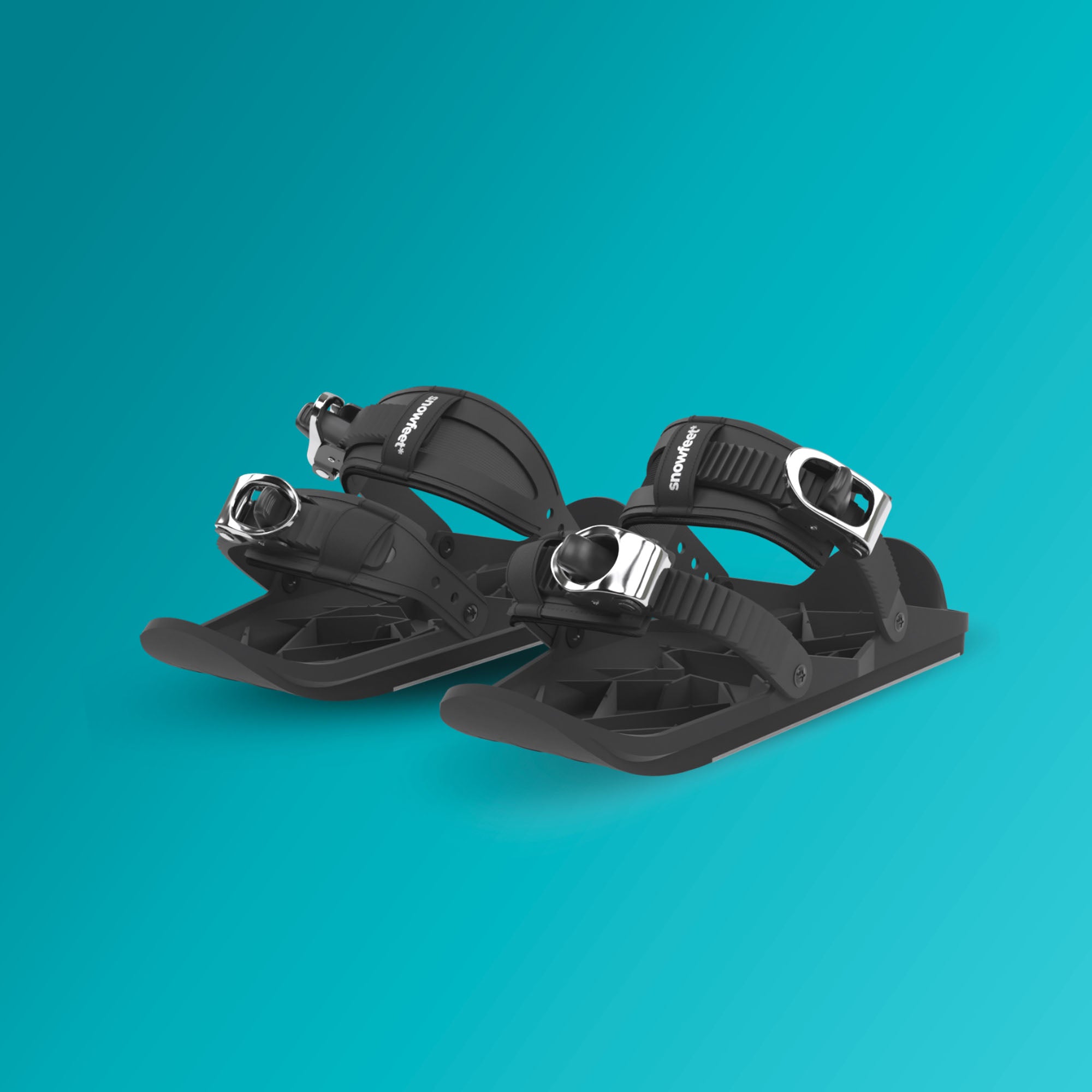


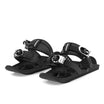
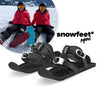

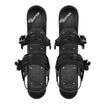


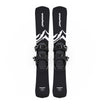
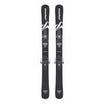
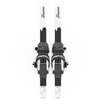
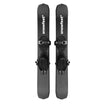
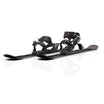
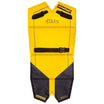

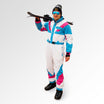
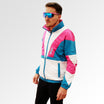
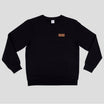
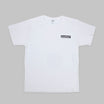
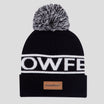
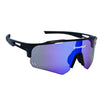
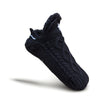
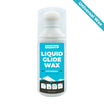
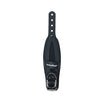
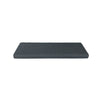
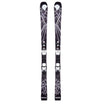




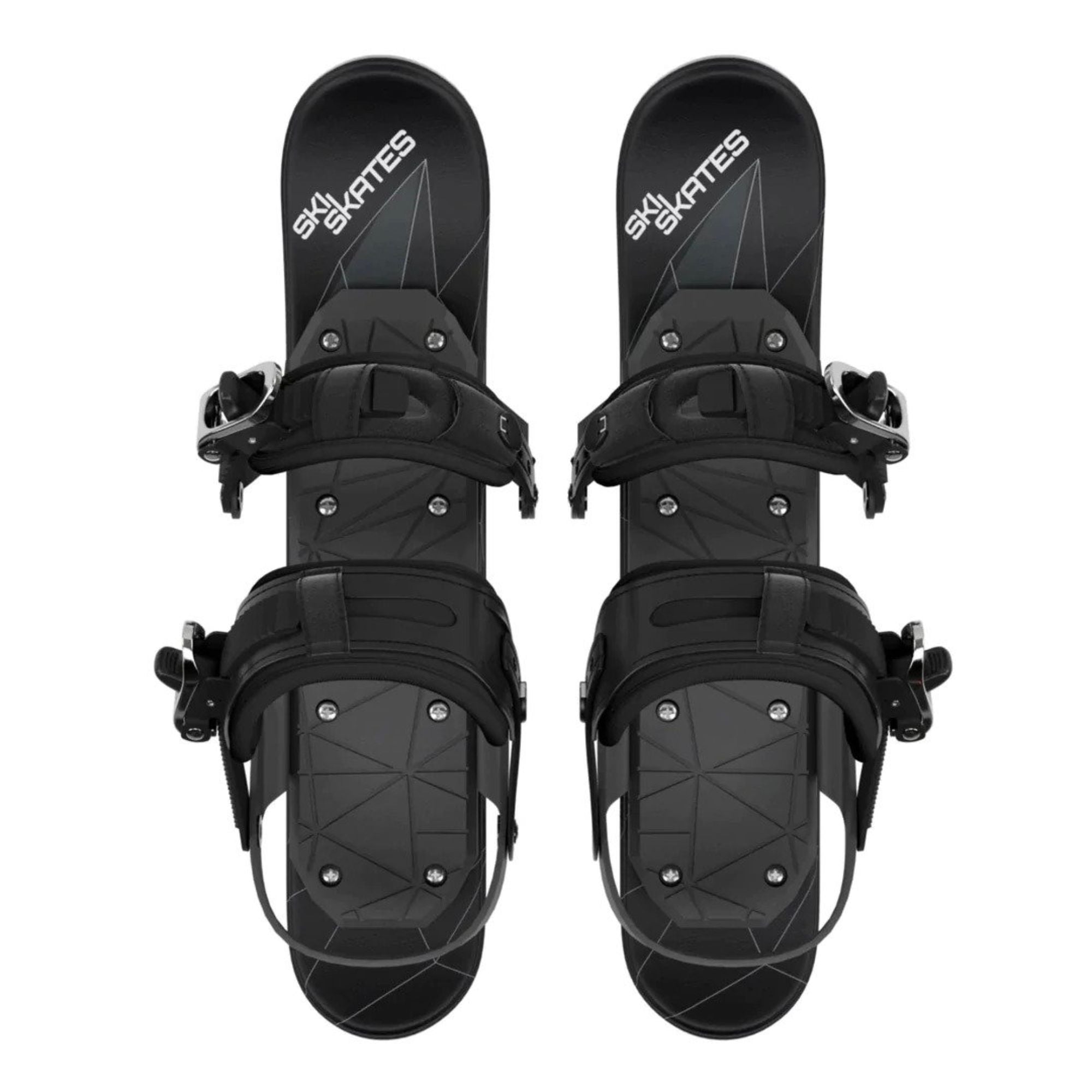
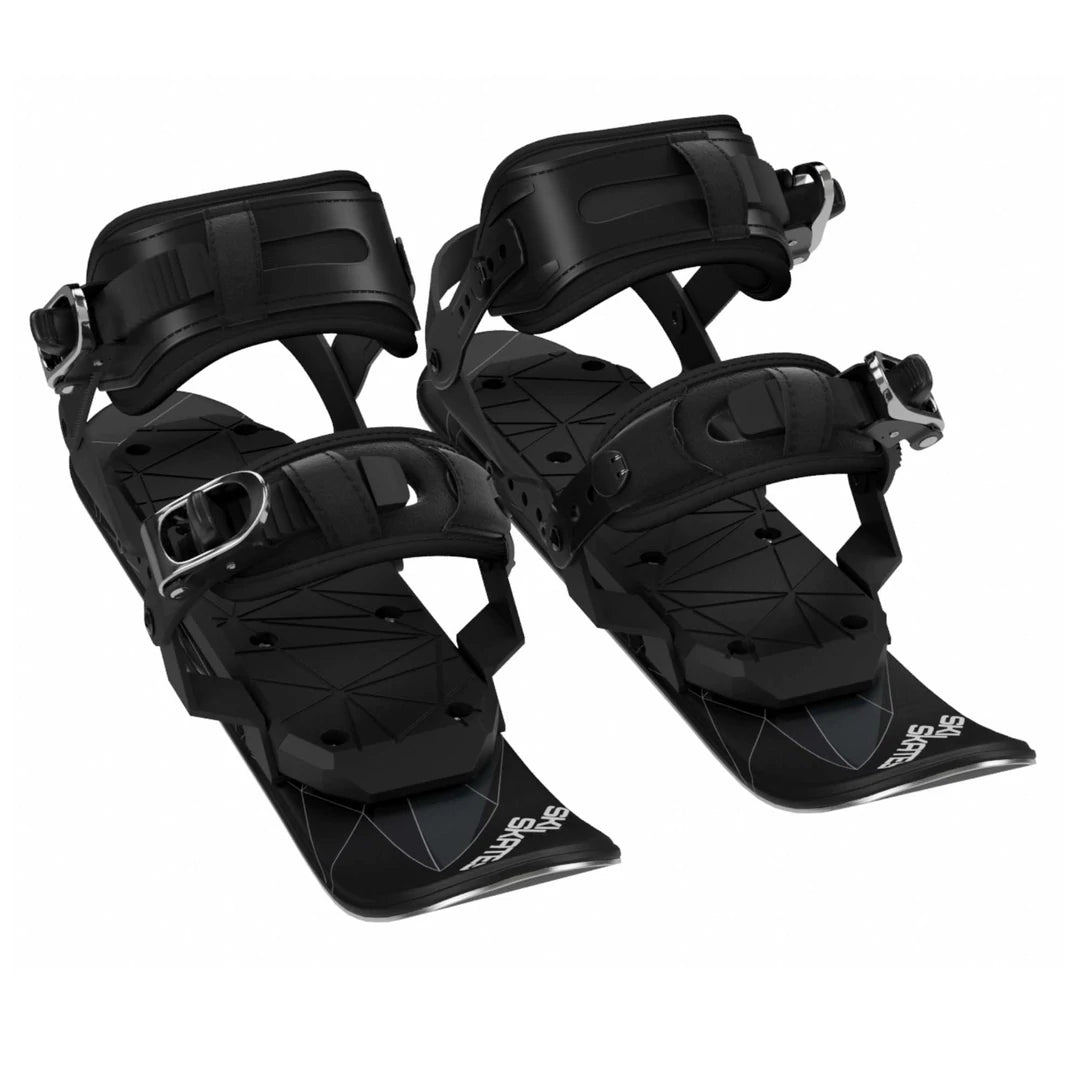
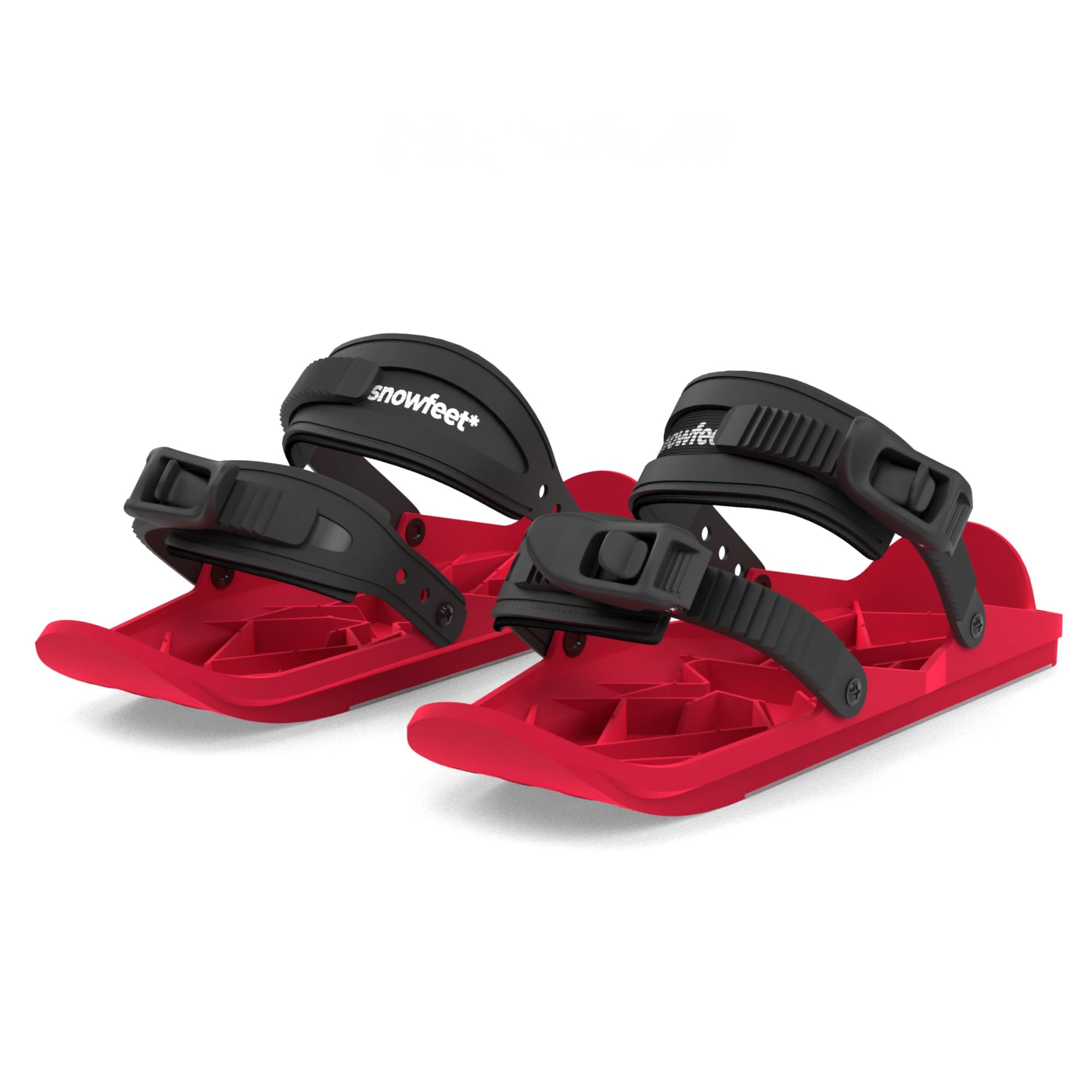





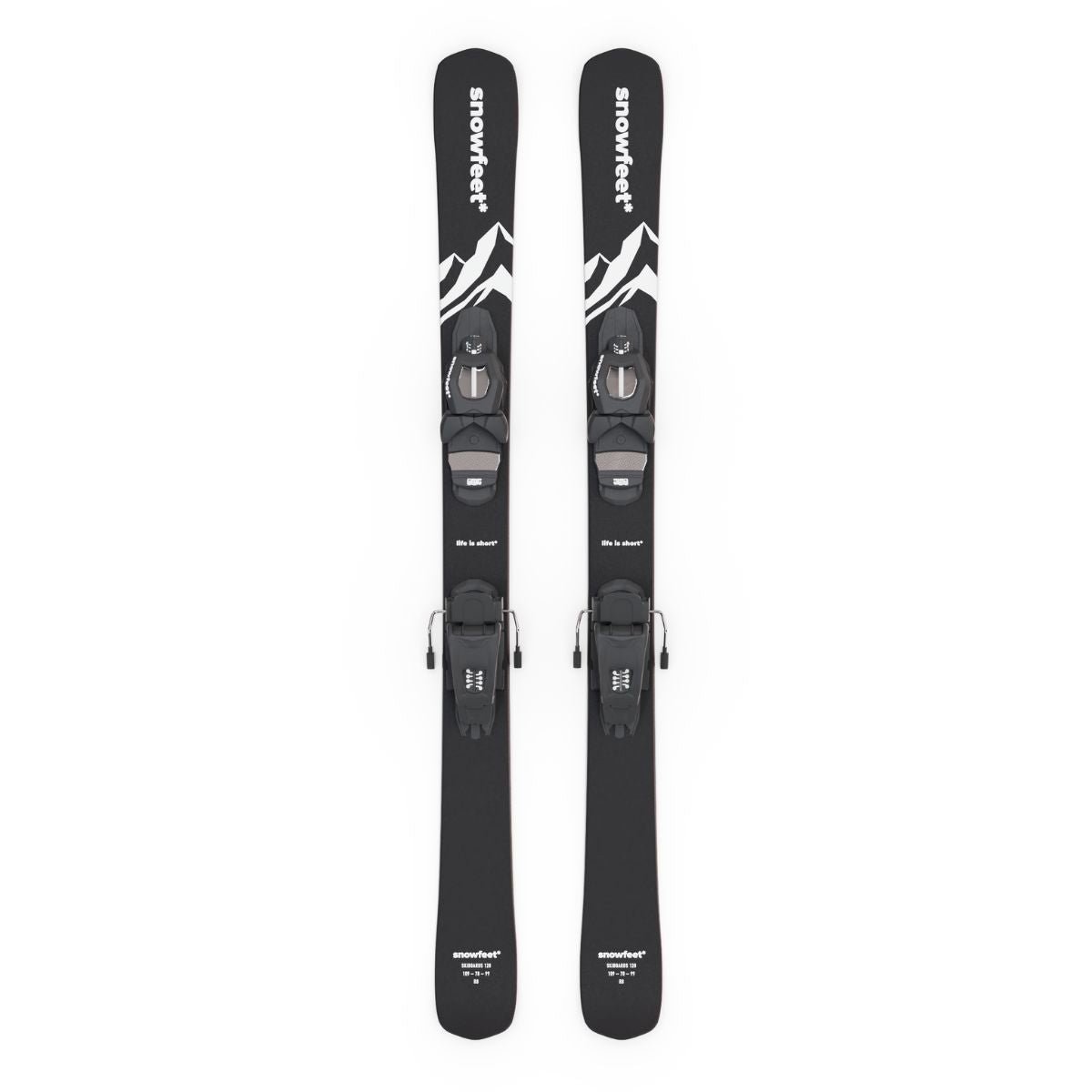
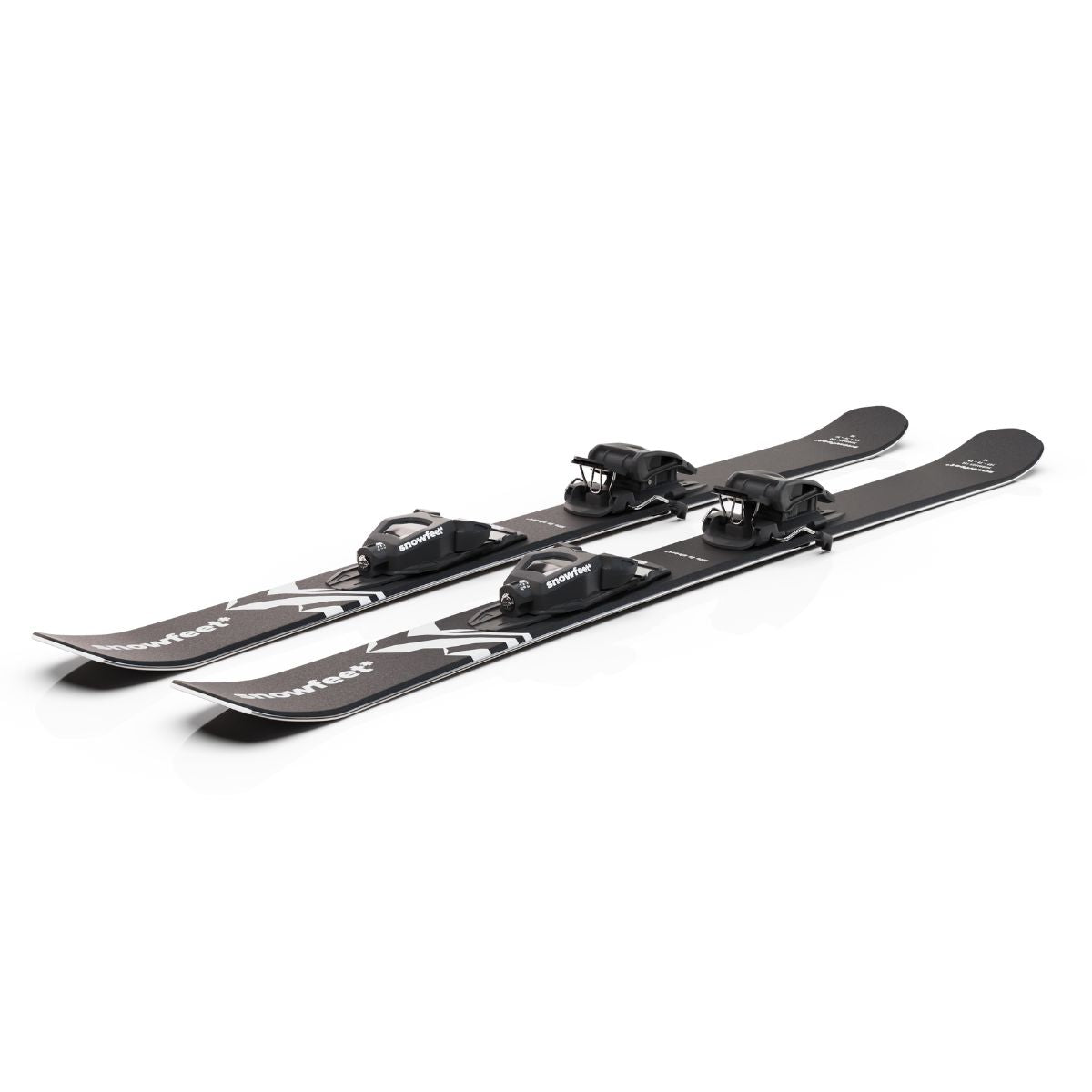
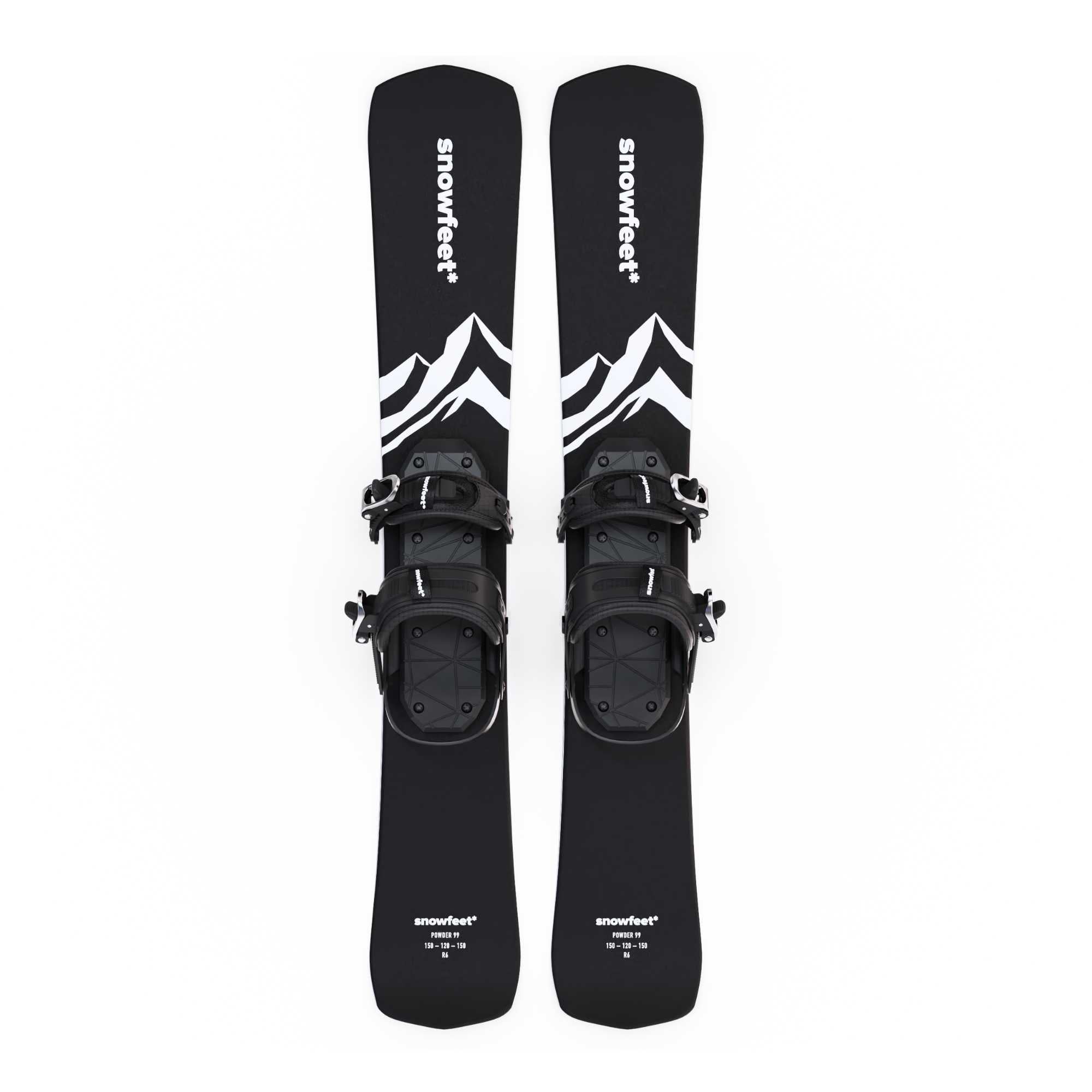
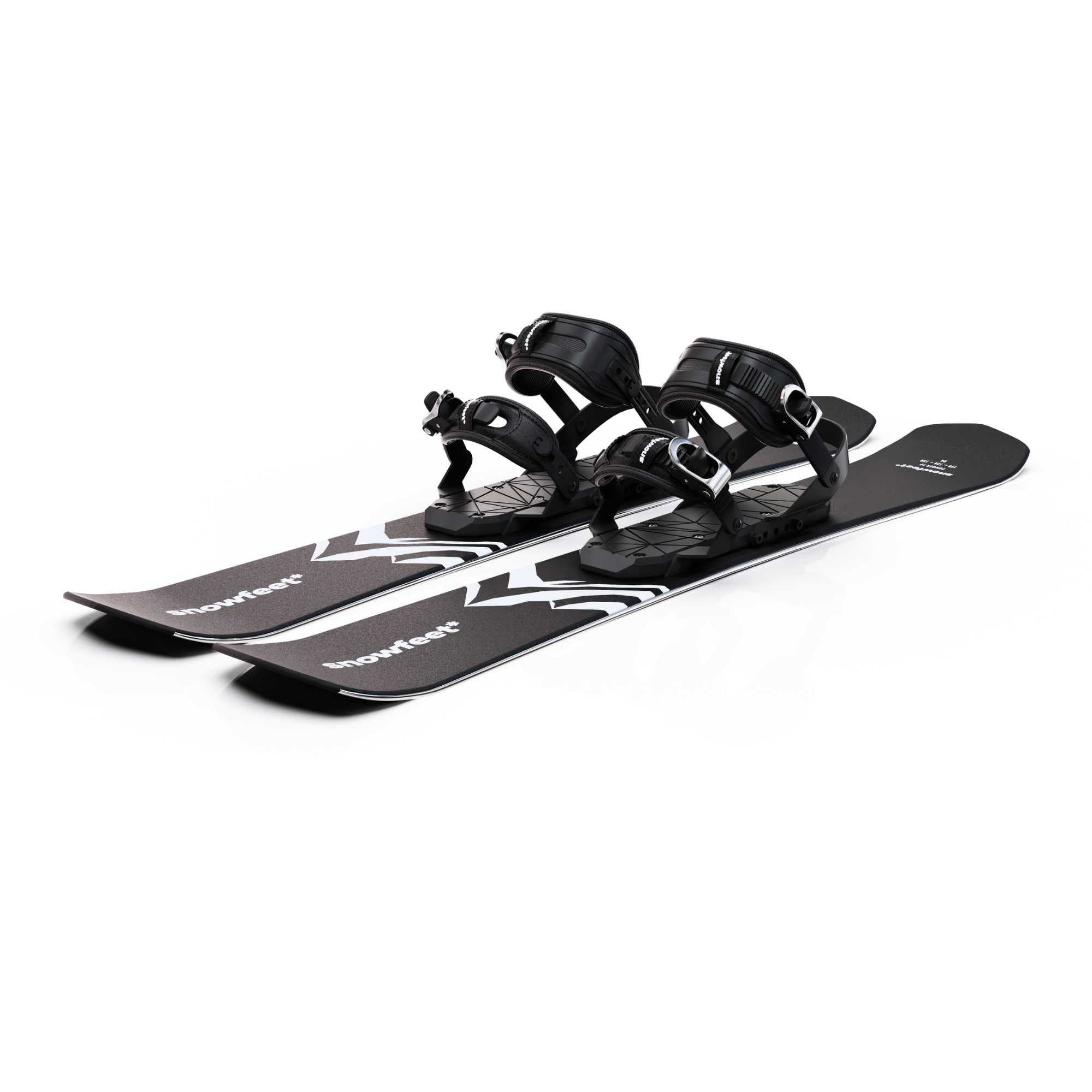
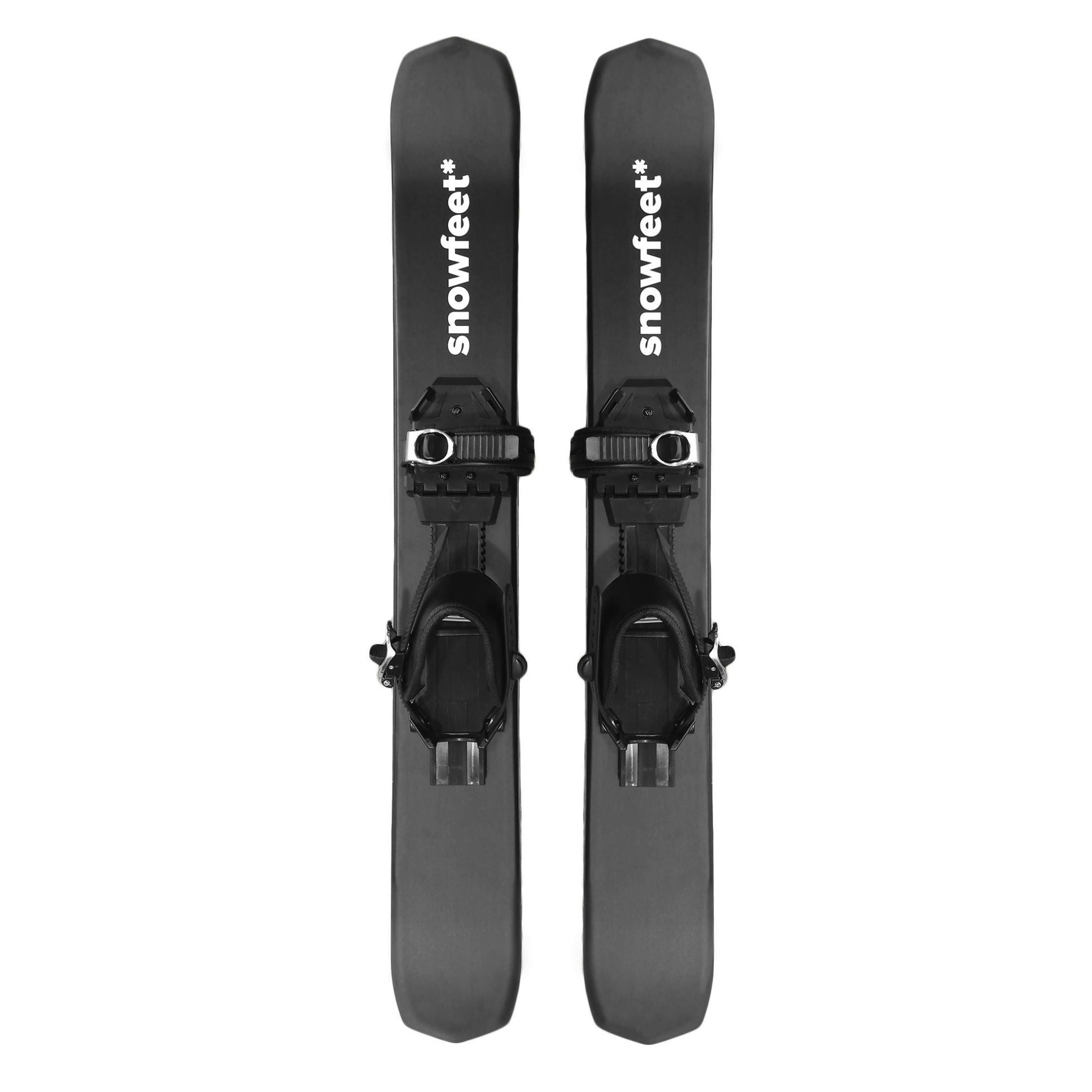
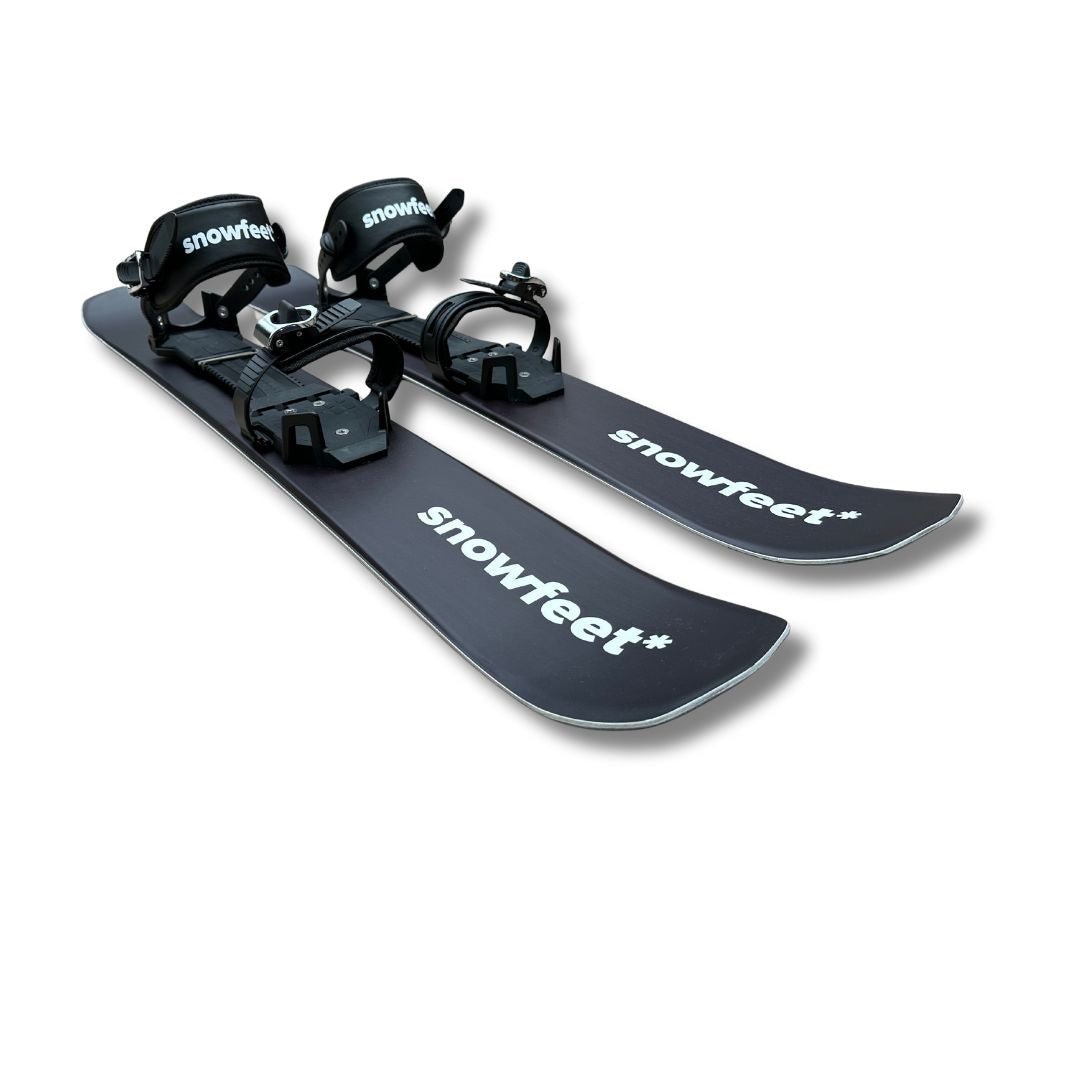
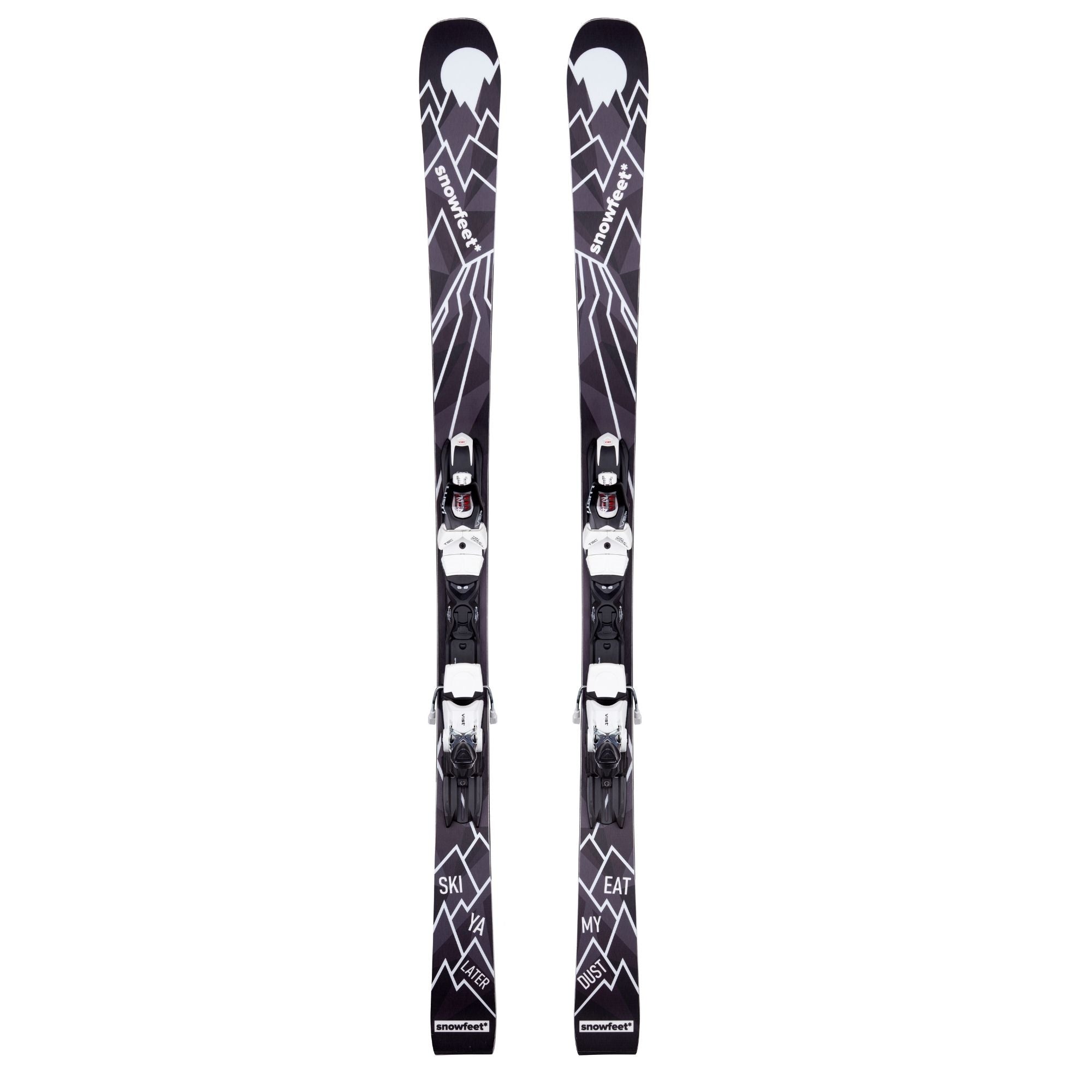
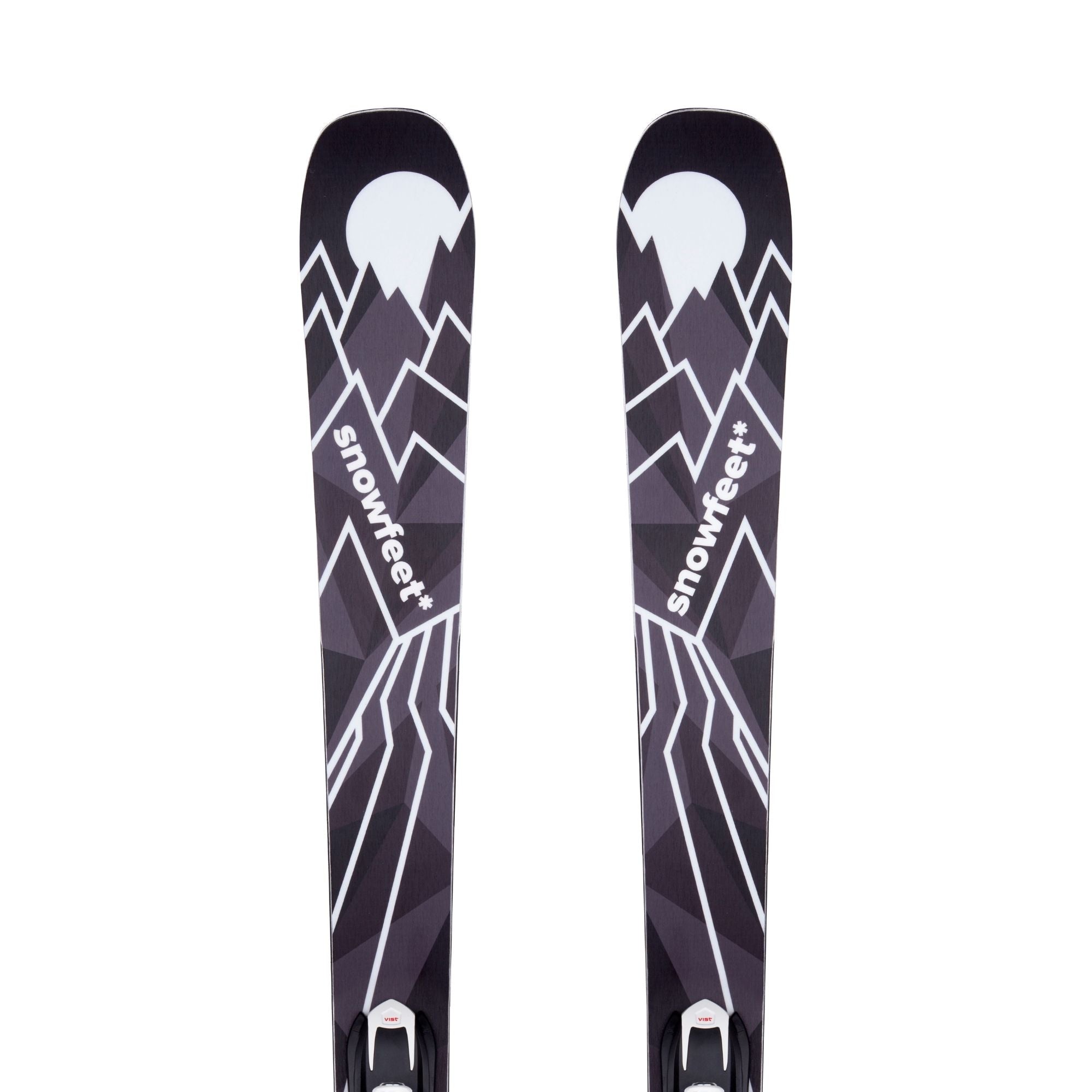
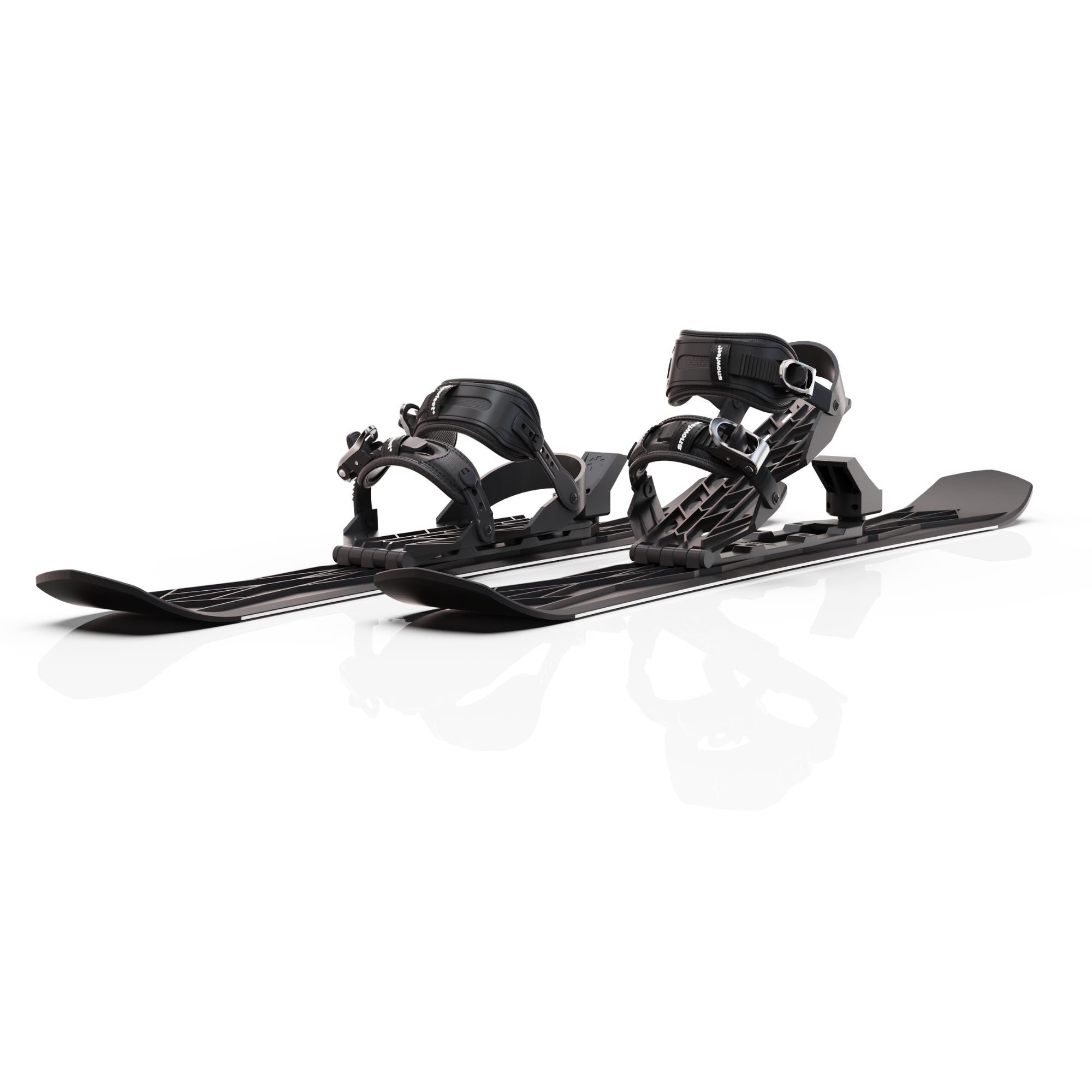

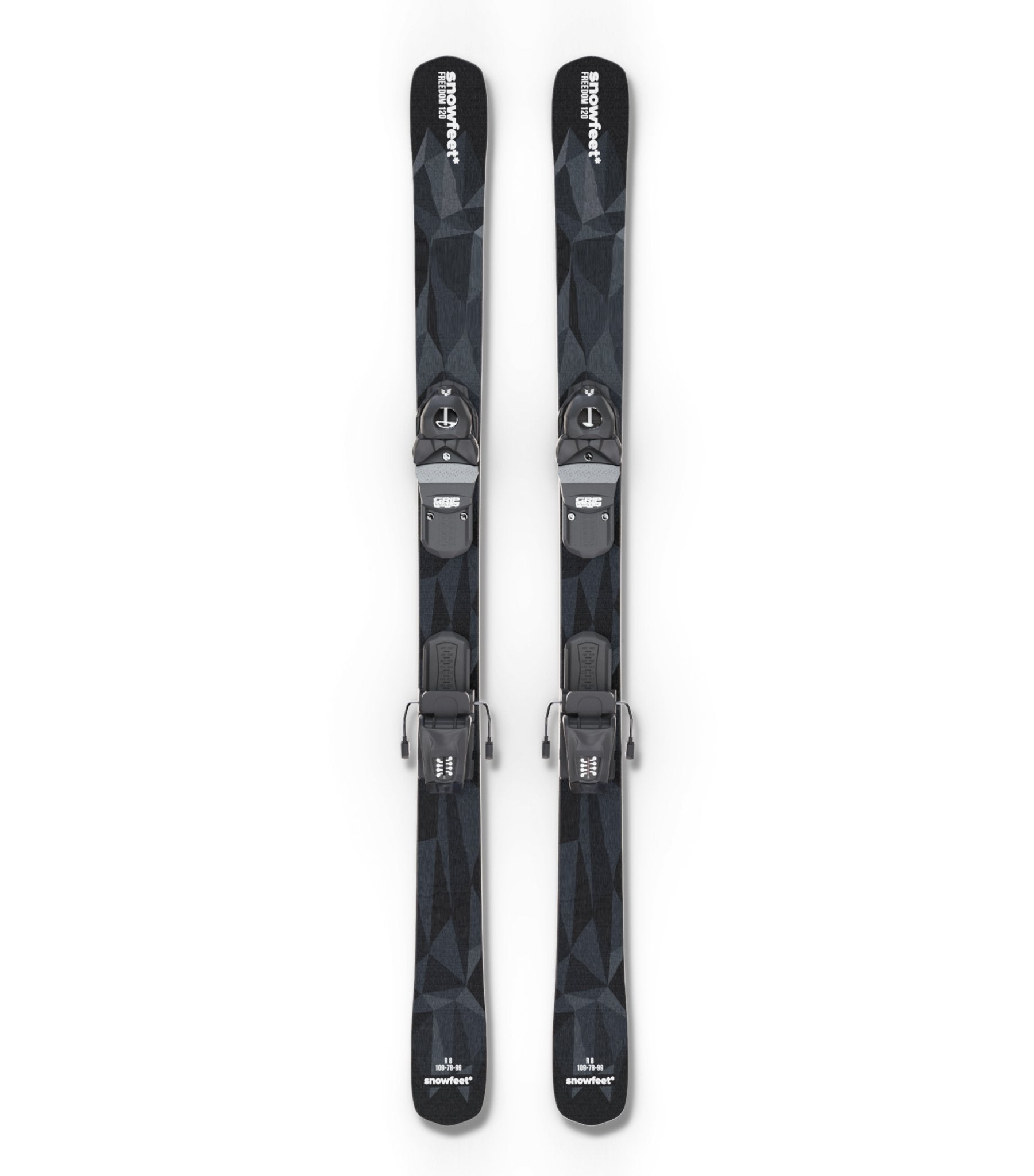
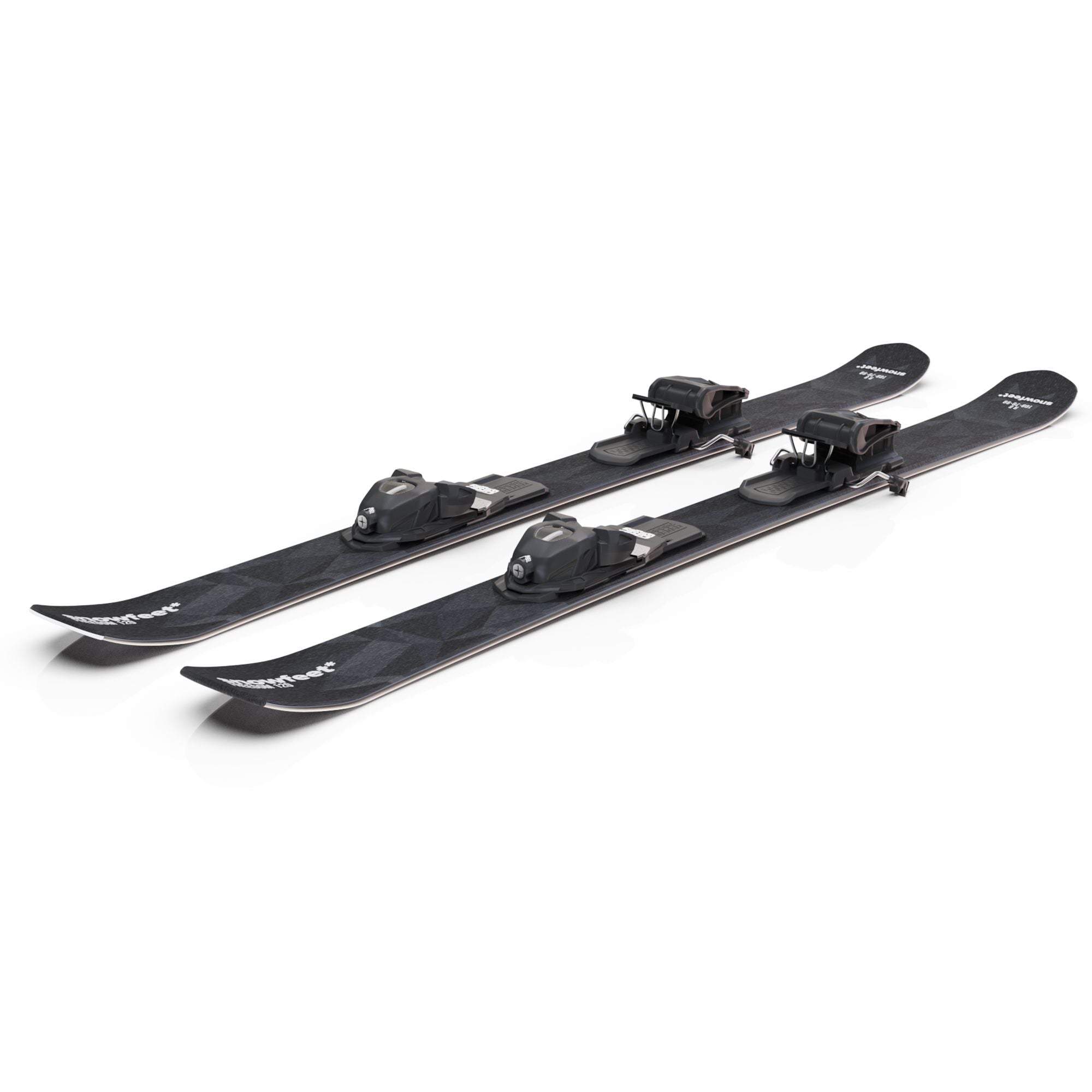
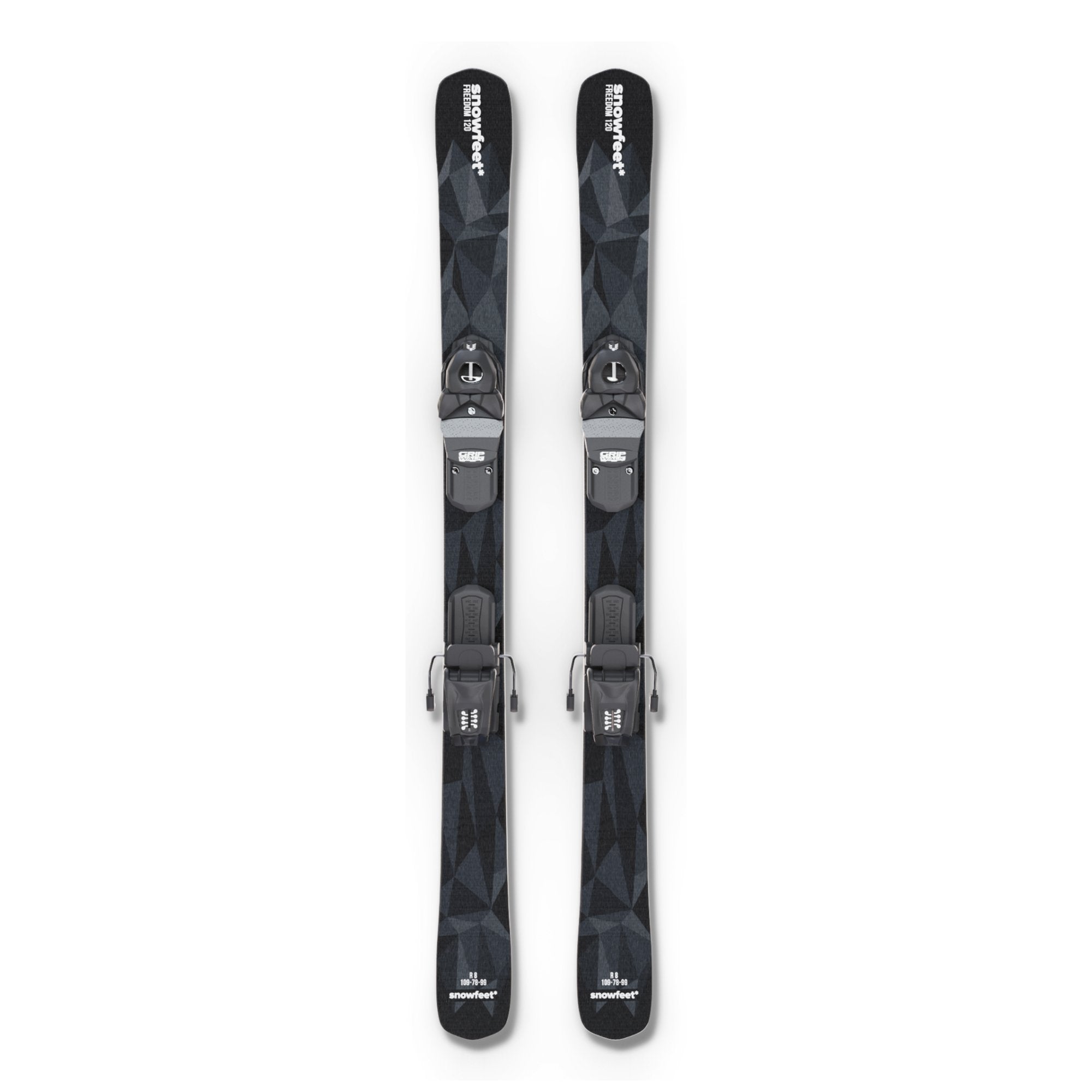
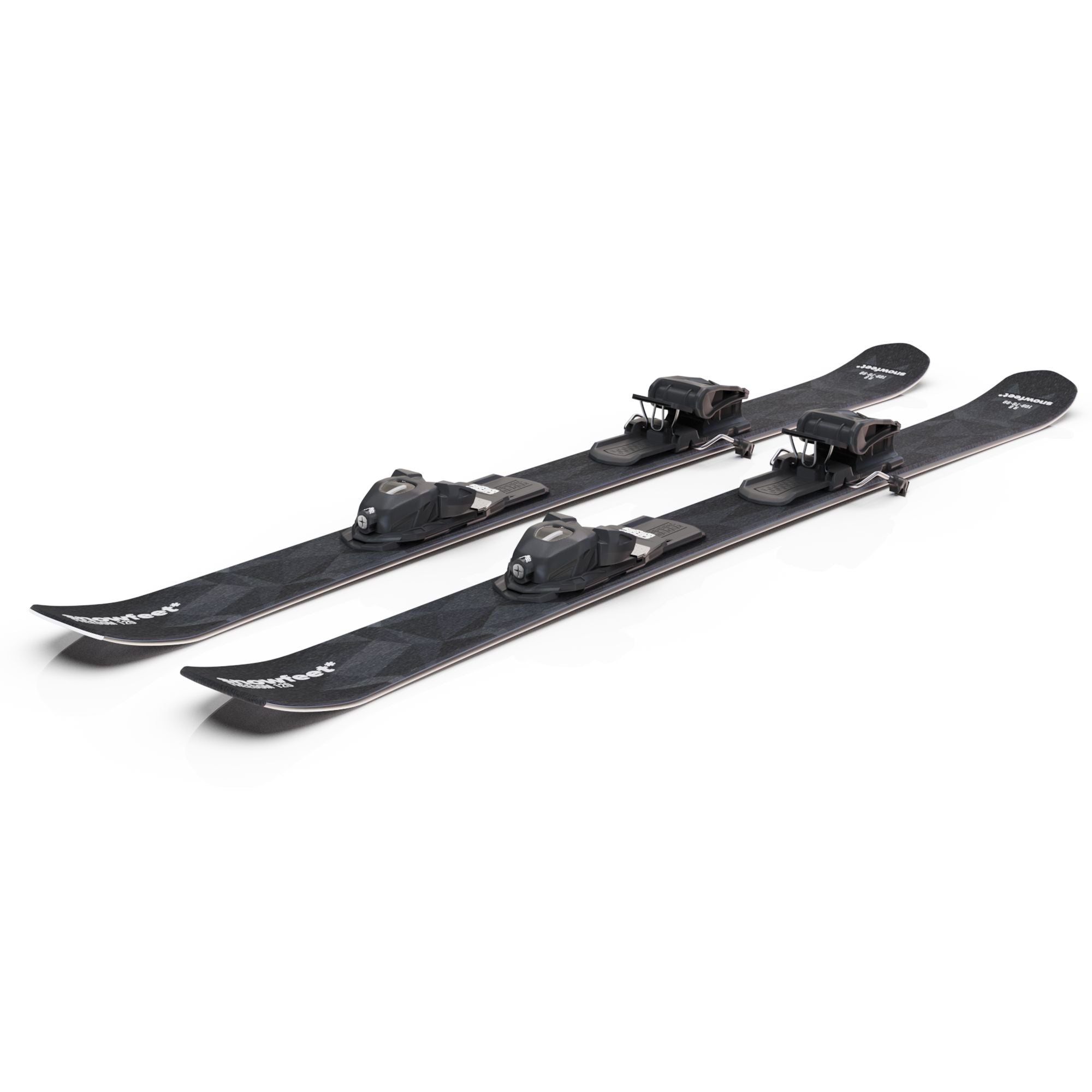
Laisser un commentaire
Ce site est protégé par hCaptcha, et la Politique de confidentialité et les Conditions de service de hCaptcha s’appliquent.